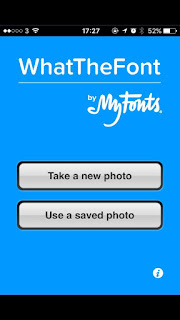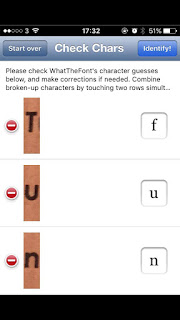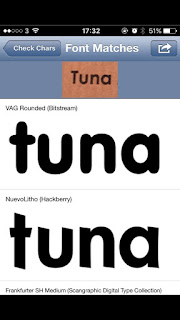Not quality of what they are reading, but the experience of interacting with print based media. Drinking a coffee in Starbucks alone, automatically alters when you're then reading a paper, it becomes like routine at times for many people and this is something I need to consider when designing solutions for my given problem.
Often scale of newspapers can become tricky, especially when stood up- perhaps in a tight environment where papers can squash and fall out due to the lack of binding. Everything can be both a positive, or negative experiences.
Research & Insight
Screen based research is equally as important as when designing for print. Consider:
Page Impressions
Unique Users: Specific characteristics, special requirements or unusual cases- what if one person doesn't fit the mould? Will they still be able to interact with it as intended?
User Flow: the journey one takes to actually get to the interface, and how they interact with it when they're on it.
One-to-One: Peer Analysis, qualitative feedback in focus groups or one to one.
Persona's: Putting yourself in the shoes of the target audience with a character persona in mind, walking through and interacting with it like they would.
SWOT Analysis: Strength/Weakness/Opportunity/Threats, both internally and within the external developing market
Questionnaires: Any questions needed to solve the problem
Target Audience: You are not designing for yourself, and you are not designing for you client. Generally, the client is not the target audience of the product they're selling.
Can be individuals or companies, families or sections of the general public.
Is the interface designed appealing more towards men or women? How does this work and feel when put in the hands of the target audience?
Urban or Rural location? Whats their income? What devices do they use? How often do they engage with interfaces?
Economy or Premium? Whats the difference within the User Interface? As a user you'd want Premium to look and feel more luxurious.
Consider why?
What is the specific reason they WANT to engage with the interface? Motivation (getting better or taking stress into their hands) and a Goal (to reduce stress L.T and have an overall better ) is generally used. Do they need to do something to achieve a 'goal'.. Perhaps when the app can see 'phone mode' has been engaged, suggesting the user is ready to speak to an actual person? That in itself is a big step and therefore needs rewarding somehow.
Is time on the interface seem essential or seem luxury and special? (Needs to be self indulgent)
Are they after something specific that none else can provide?
Do they need specific information about a product or service prior to engaging with it? (Yes, most people are sceptical so a thorough description is essential)
Ideas generation
Come up with a range of idea's which are all completely distinct, in response to the problem
Moodboards/ Mindmaps/ Ideas Sessions/
Solutions
Minimum of two different idea's visualised through Wireframes and Sitemaps. All very sketchy and rough at the initial stage.
LoFi:
Comp: Mock ups on Illustrator/Photoshop, Interactivity through After Effects etc
Production
(only when a simple Wireframe and Site Map for 2 ideas has been created first)
Hand over all information to a programmer or coder for them to build fully
Site-Map
Get to any page, from any page.
Need something to grab the users attention?
Wireframes
Inform where information should be, making sure all information is where its meant to be. Put together a hirachy (importance of information), and how each page will interact with other pages/ how you get from one page to another.
Do not design beautifully at this stage, there is no point. Its likely things will still get changed around.
Next steps:
SWOT Analysis and further research, developing a range of idea's.
2 totally different solutions brought to the Wireframe/Site Map stage.
































